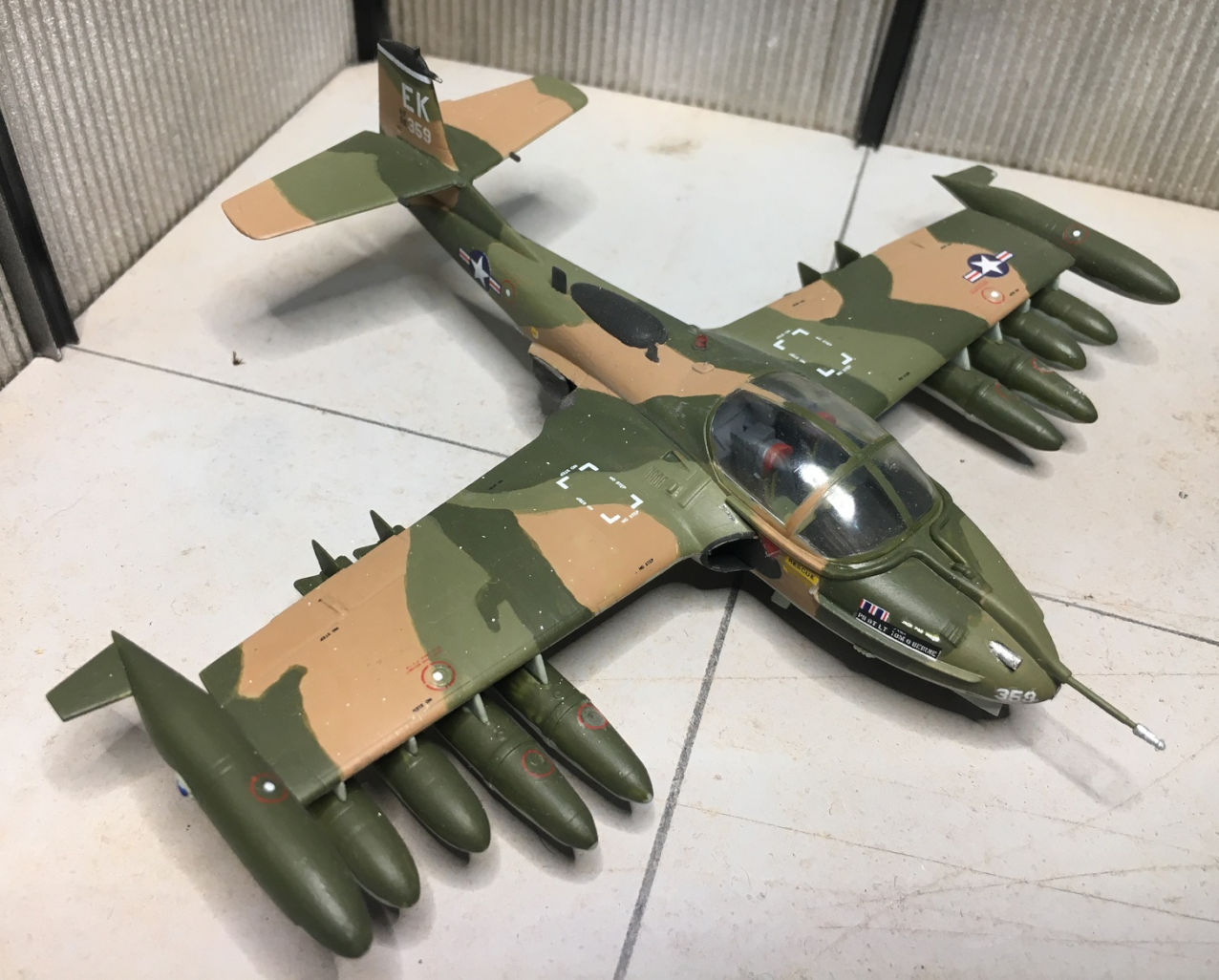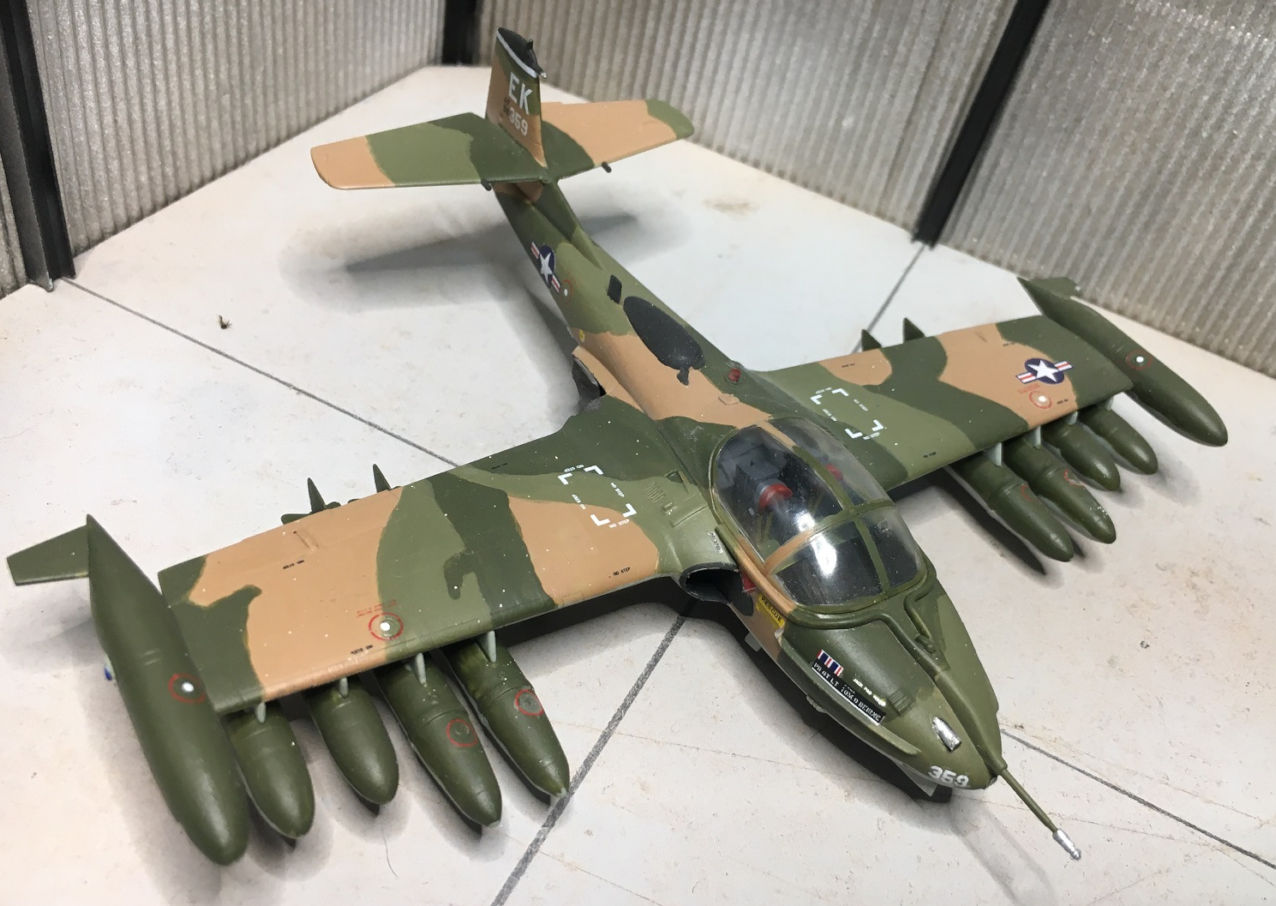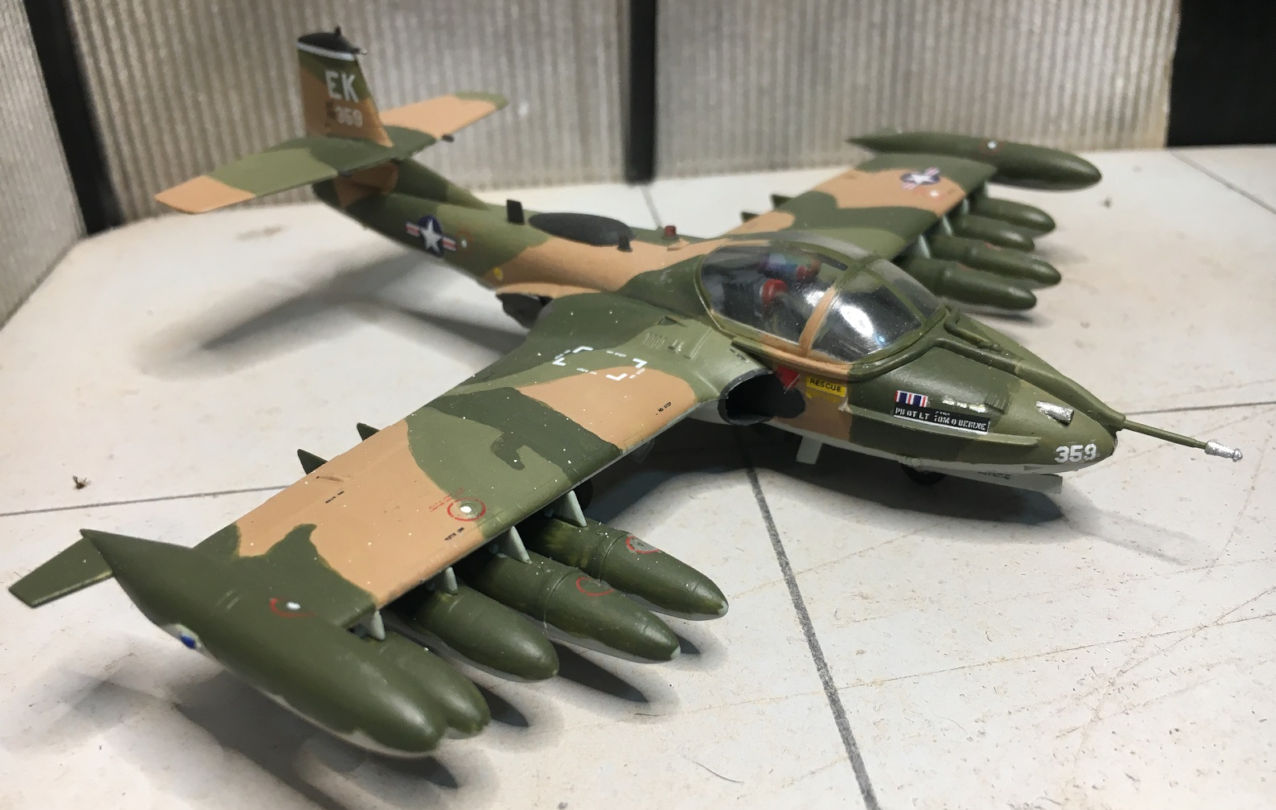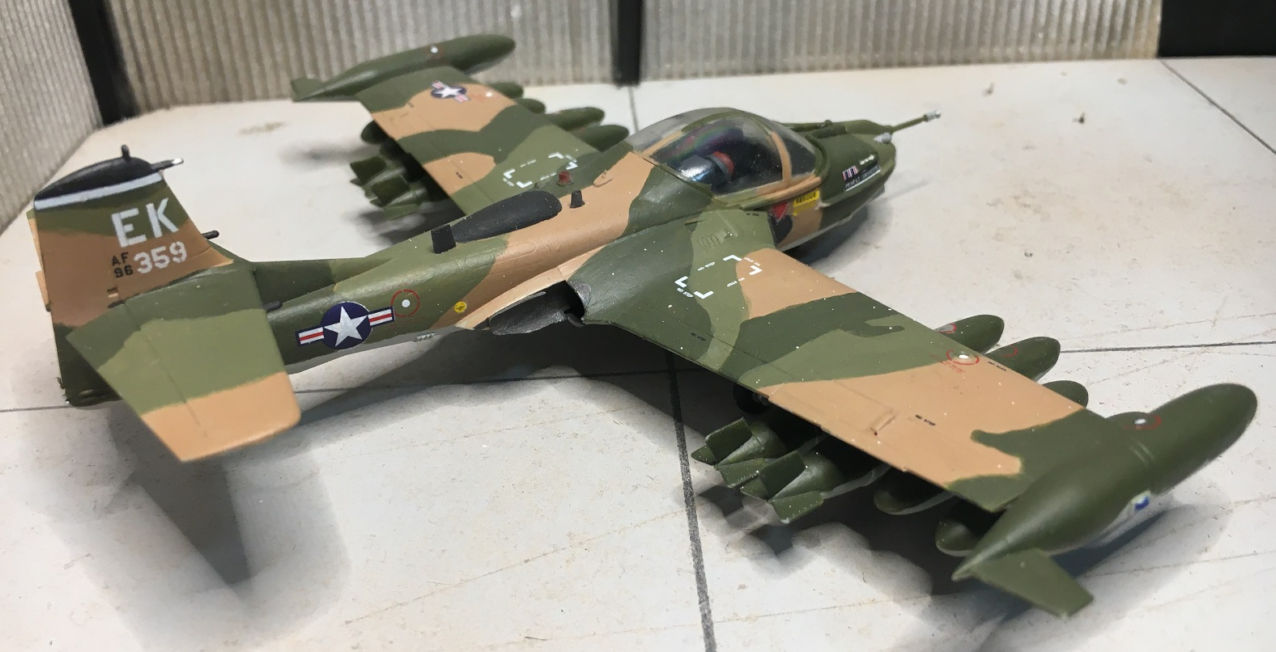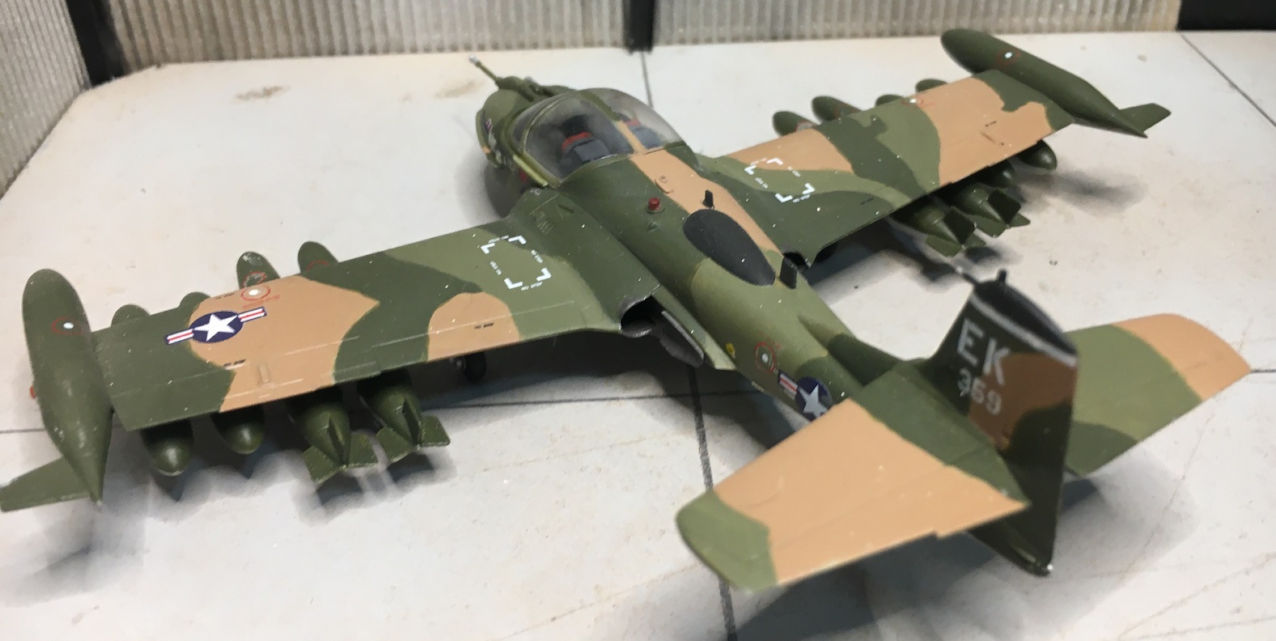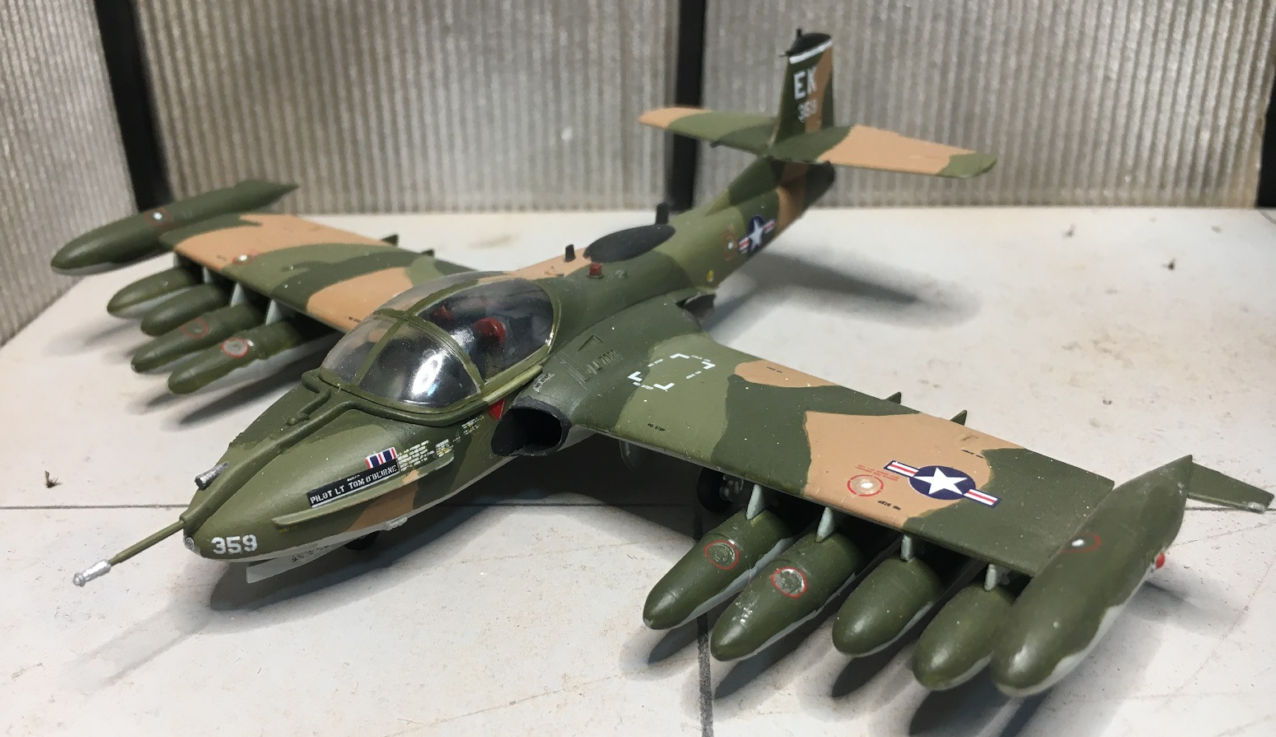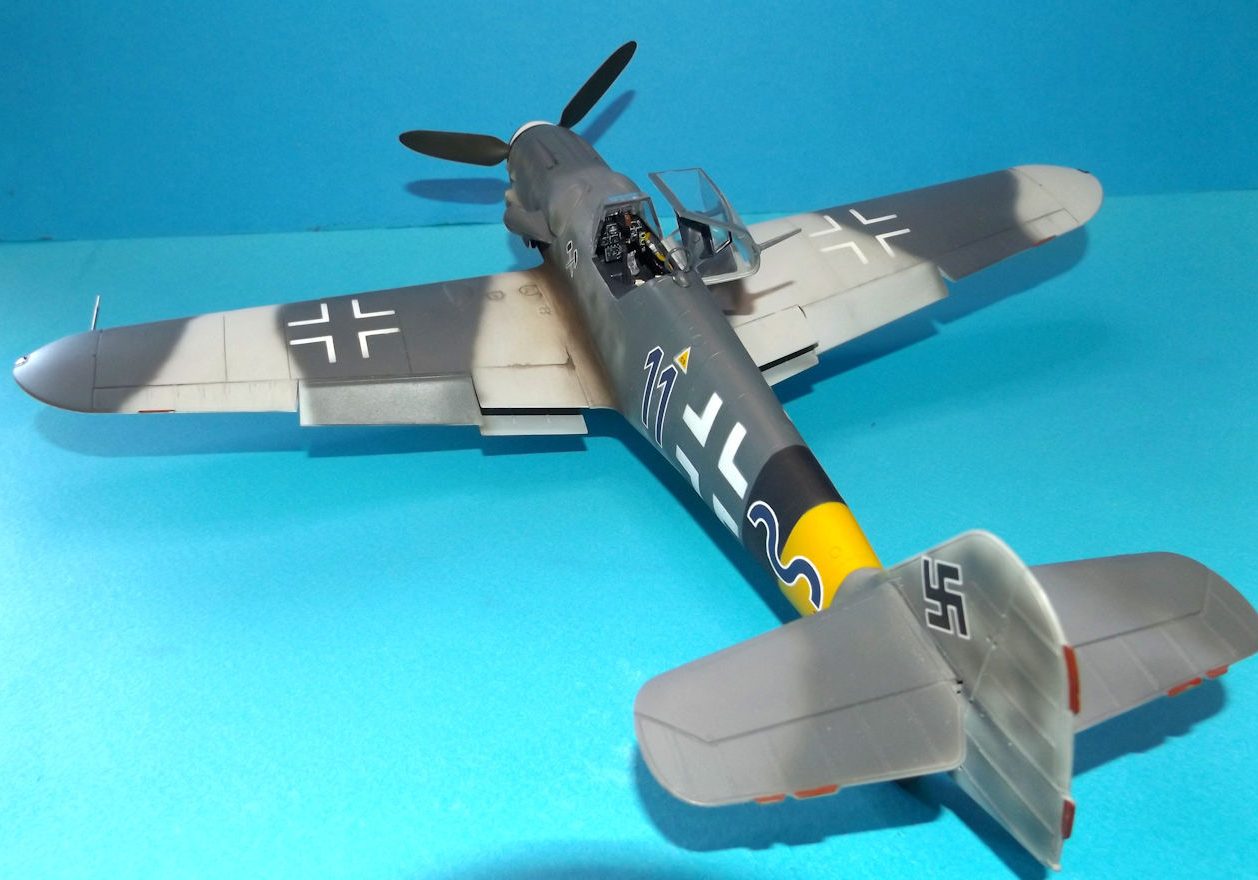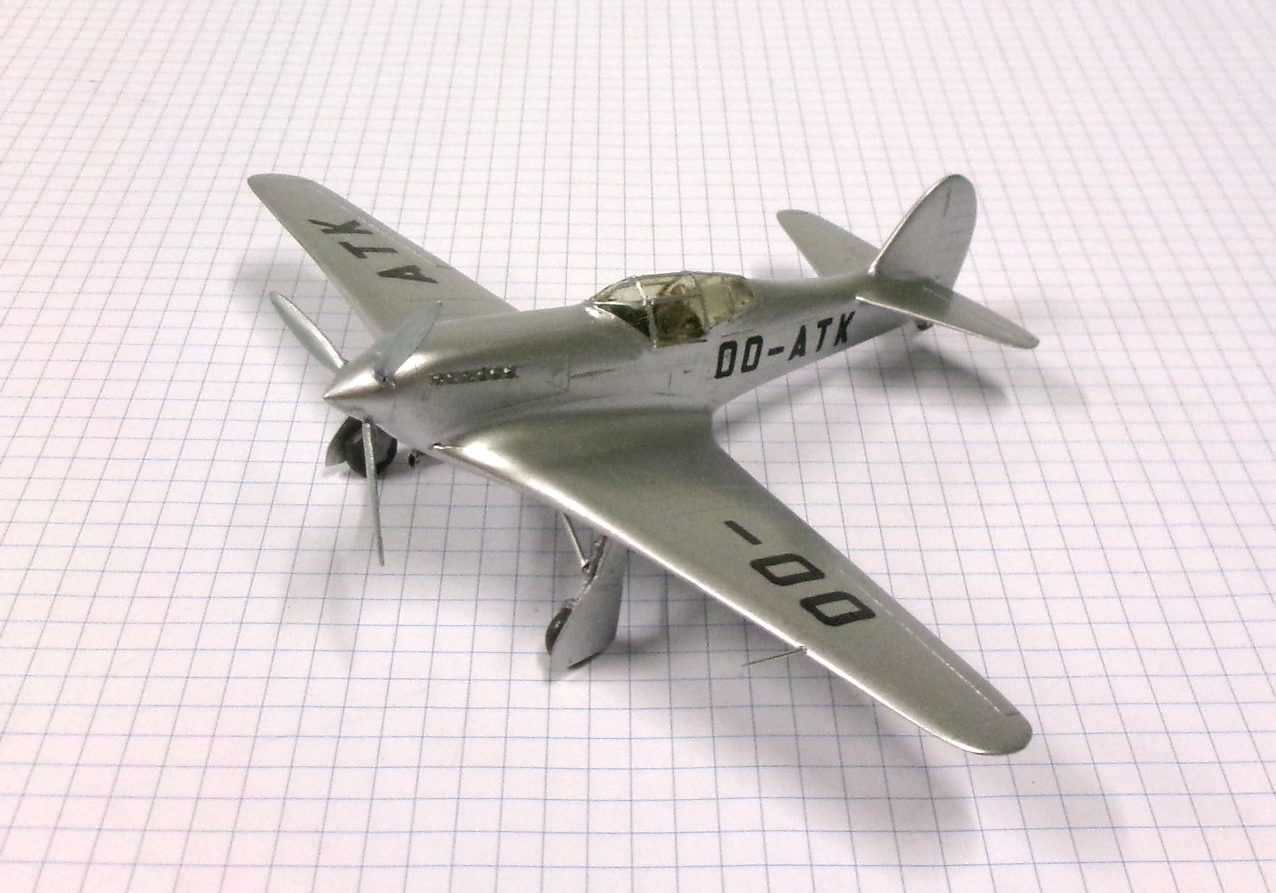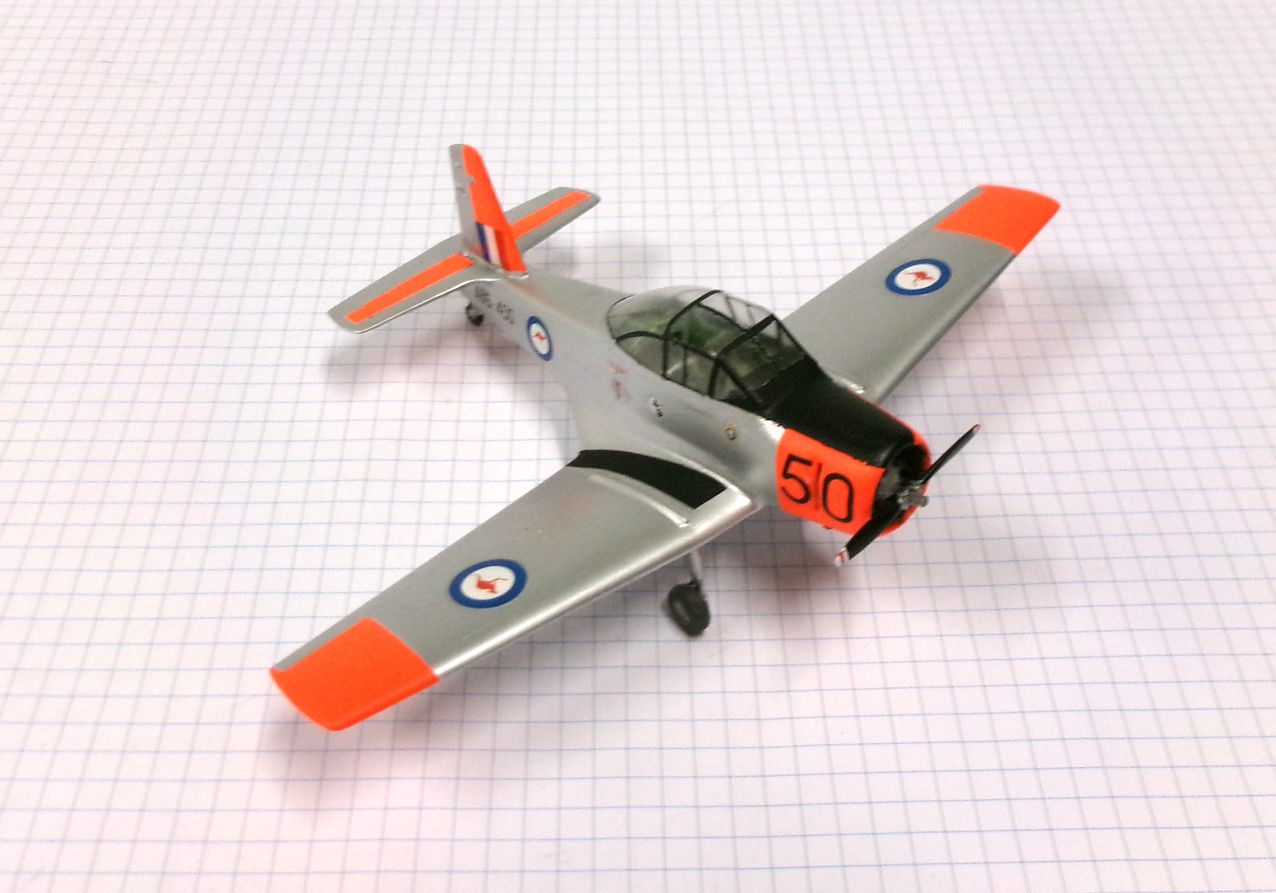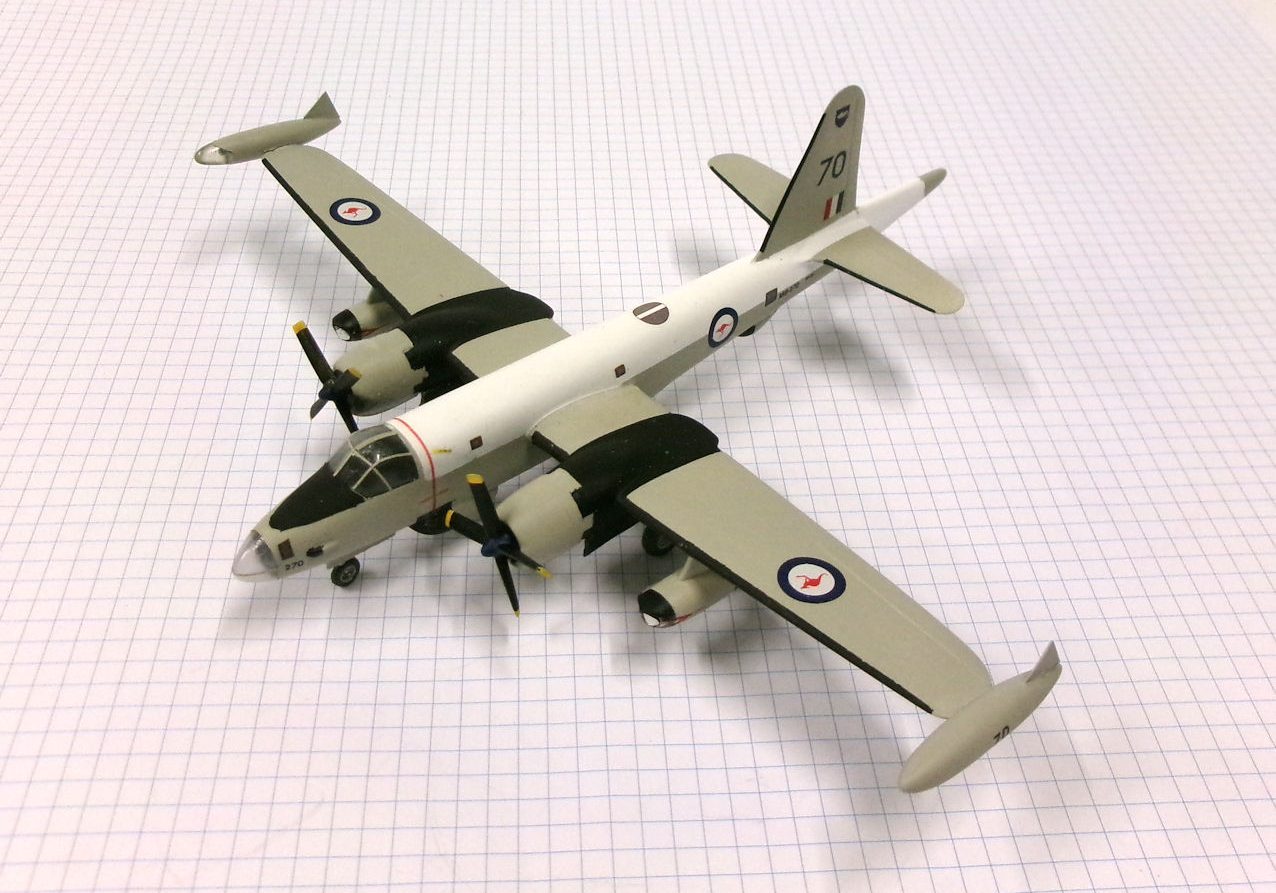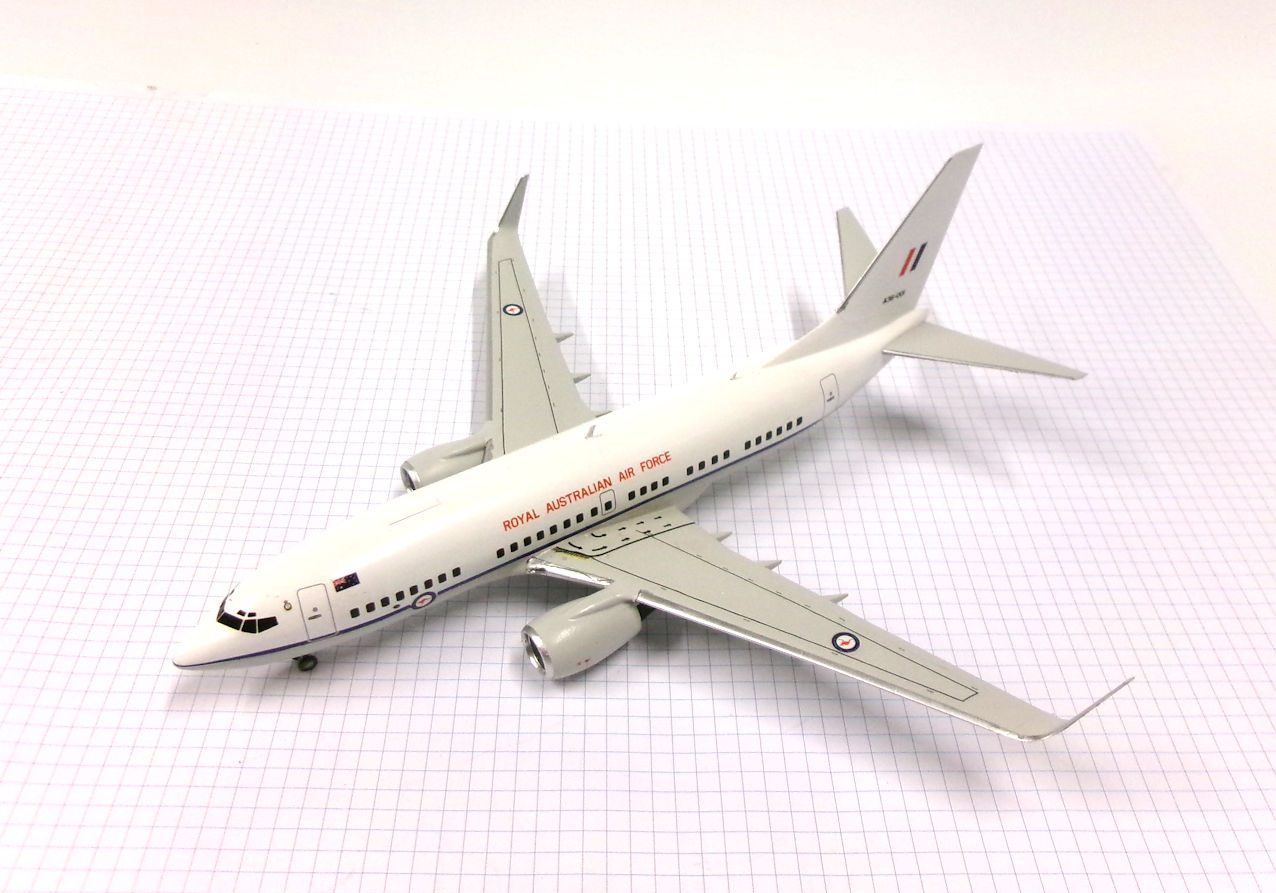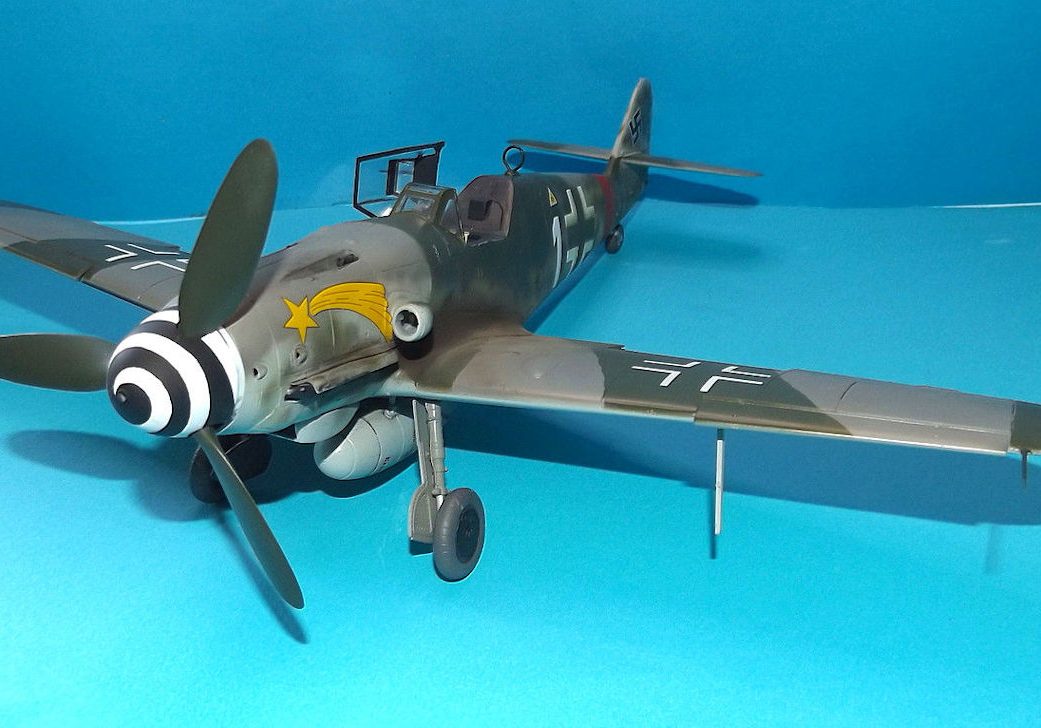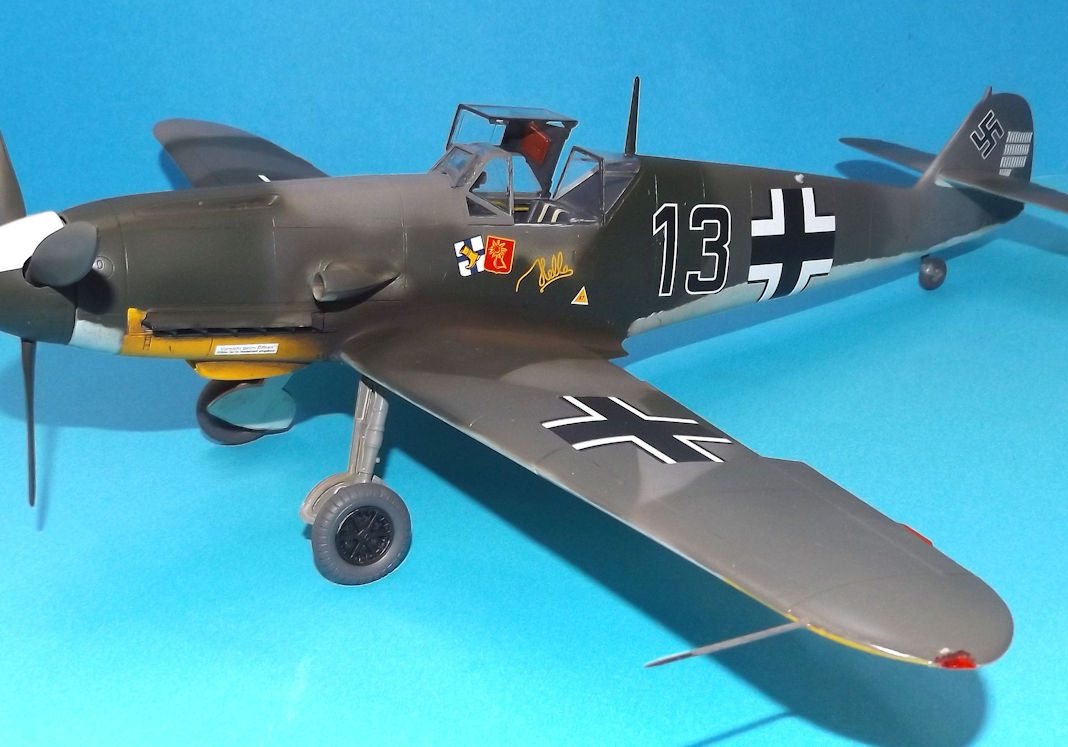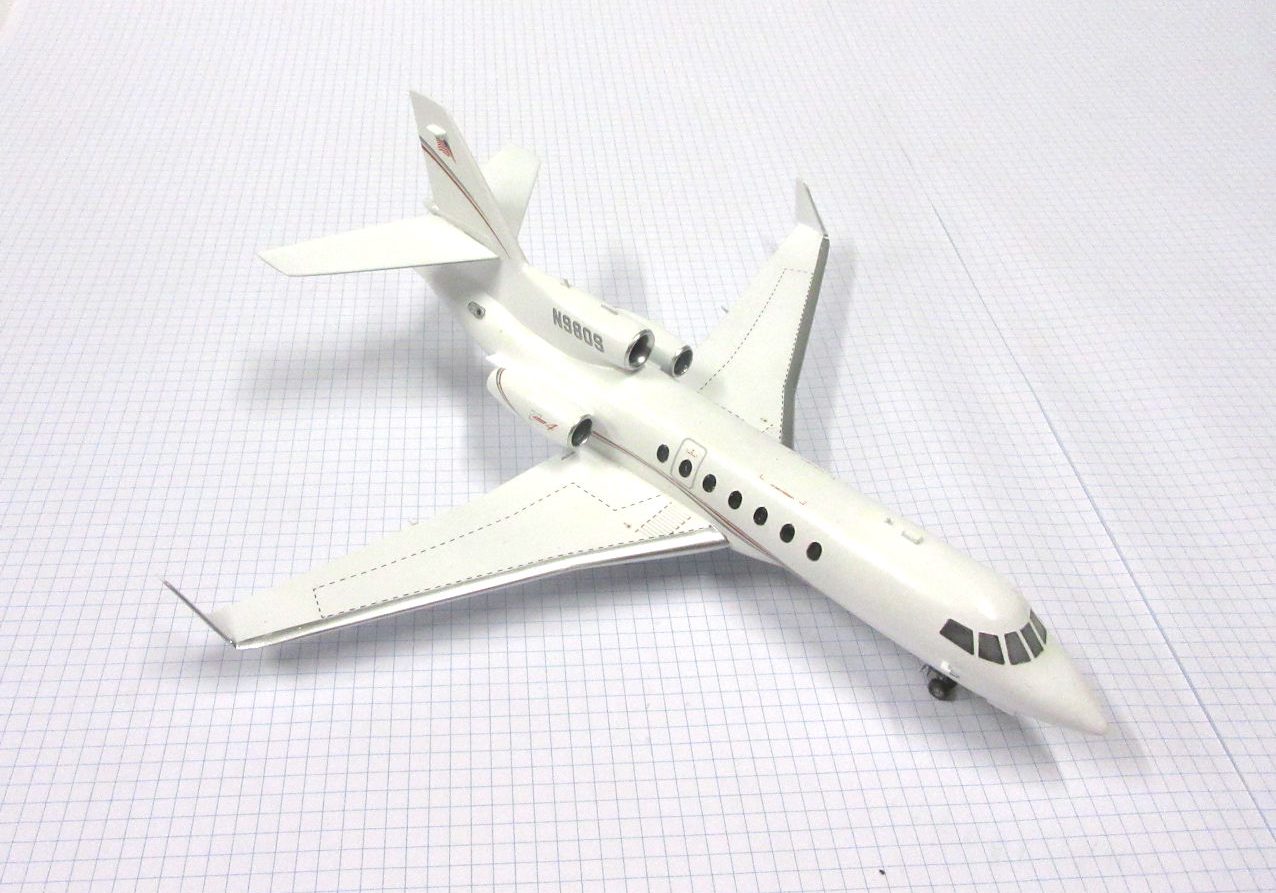History
The Dragonfly was developed to fulfil a need for a counter insurgency (COIN) aircraft. The USAF evaluated the T-37 trainer for the role and found the aircraft to be promising. A number of improvements were made including more powerful engines, larger fuel tanks and stronger wings and landing gear.
Two prototypes were developed and flown in 1964.
The USAF in the meantime had lost interest in COIN aircraft, so the prototypes were sent to the National Museum at Wright-Patterson Airforce Base.
The war in Vietnam however continued to escalate and losses of the A-1 Skyraider resulted in a revived interest in COIN.
The USAF felt that the aircraft was promising but wanted to evaluate the aircraft in combat.
A pre-production batch of 39 upgraded aircraft were ordered. Twenty-five were deployed to Vietnam in 1967 where they flew thousands of missions with no losses due to enemy actions.
The aircraft entered full scale production in 1968 eventually serving 14 countries.
The aircraft excelled at close air support roles and was also used for Forward Air Control. At the end of the Vietnam war the A-37 had flown 160,000 sorties for 22 losses.
Academy 1/72 kit completed by Steve Pulbrook in 2015.
